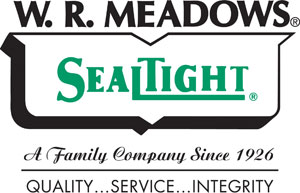1:30 pm - 2:50 pm | Room: Owens Corning Room | Session Chair: Lori O'Malley
Residential buildings have a significant impact on human health and the environment. High-performance buildings aim to minimize this impact; however, research has shown that considerable performance gaps between predicted and measured building performance can exist. Evaluations of high-performance single-family residential buildings are rarely conducted and lack a consistent methodology. This study tested a method of holistic single-family residential building performance evaluation. Energy models, engineering drawings, utility data, in-situ testing, and occupant interviews were used to investigate energy use, water use, and indoor environmental quality of nine high-performance houses in Southern Ontario. Predicted energy consumption from energy models was compared to two years of weather normalized energy utility data to determine the magnitude of the performance gap at each house. Since water consumption was not predicted by energy modelling, water utility data was benchmarked against relevant geographical averages and sustainability rating system guidelines. Indoor environmental quality monitors were placed in each house to investigate thermal comfort, light levels, and noise levels, and determine concentrations of Carbon Dioxide, total volatile organic compounds, and fine particulate matter. Occupant interviews provided context to all analyses and allowed for deeper investigation of energy performance gaps, reasons behind water consumption levels, and indoor environmental quality parameter concentrations. Across the housing sample, energy performance gaps ranged from -30% to +50% of predicted values. Houses powered solely by electricity had underconsumption performance gaps, while houses that used both electricity and natural gas had overconsumption performance gaps. While most houses showed significant performance gaps, all houses used less energy than conventional houses. Water use was variable by up to +300% of the lowest water user in the study. Most houses consumed less water than conventional houses and houses that consumed higher rates of water typically had increased consumption in summer months, likely from outdoor water use. All houses showed reasonable indoor environmental quality, but results vary by house primarily due to differences in occupant behaviour. Occupant behaviour also impacted energy and water consumption rates. The proposed building performance evaluation methodology for single-family houses provided a holistic look at building performance and used occupant insights to investigate levels of energy consumption, water consumption, and indoor environmental quality.

Laura is a recent graduate of Toronto Metropolitan University’s MASc Building Science program with a background in civil engineering and economics from Queen’s University. Her thesis work focused on testing a holistic method of building performance evaluation for single family housing that included energy, water, greenhouse gas emissions, indoor environmental quality, and occupant comfort. During her master’s, she also completed a paper with Sustainable Buildings Canada to evaluate the impact of energy conservation measures in social housing.
Laura currently works at Quinn+Partners helping companies and investors integrate sustainability and create positive change.
Diamond Sponsor

Emerald Sponsor

Emerald Sponsor
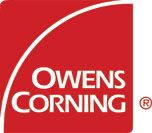
Emerald Sponsor

Emerald Sponsor

Emerald Sponsor

Gold Sponsor

Associate Sponsor

Silver Sponsor

Silver Sponsor
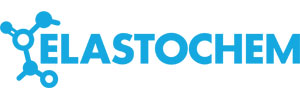
Silver Sponsor

Silver Sponsor

Bronze Sponsor

Bronze Sponsor

Bronze Sponsor

Bronze Sponsor

Bronze Sponsor

Bronze Sponsor
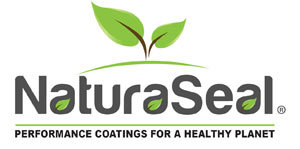
Bronze Sponsor

Bronze Sponsor
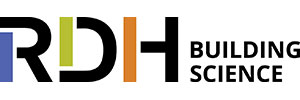
Bronze Sponsor
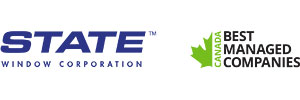
Bronze Sponsor
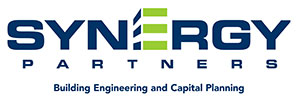
Bronze Sponsor

Bronze Sponsor

Bronze Sponsor
